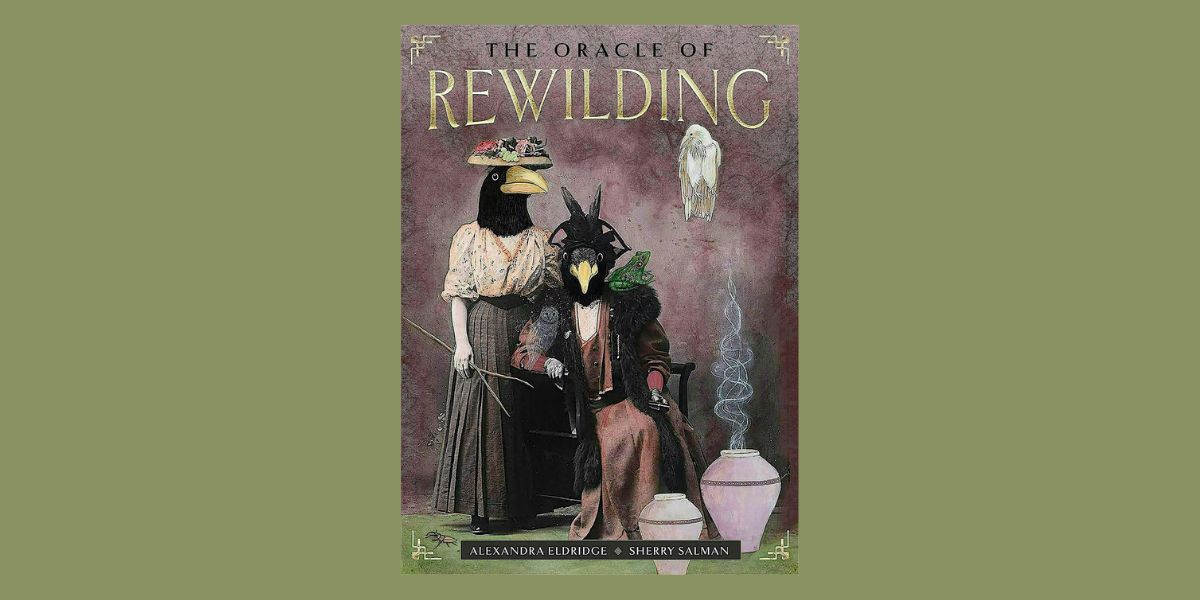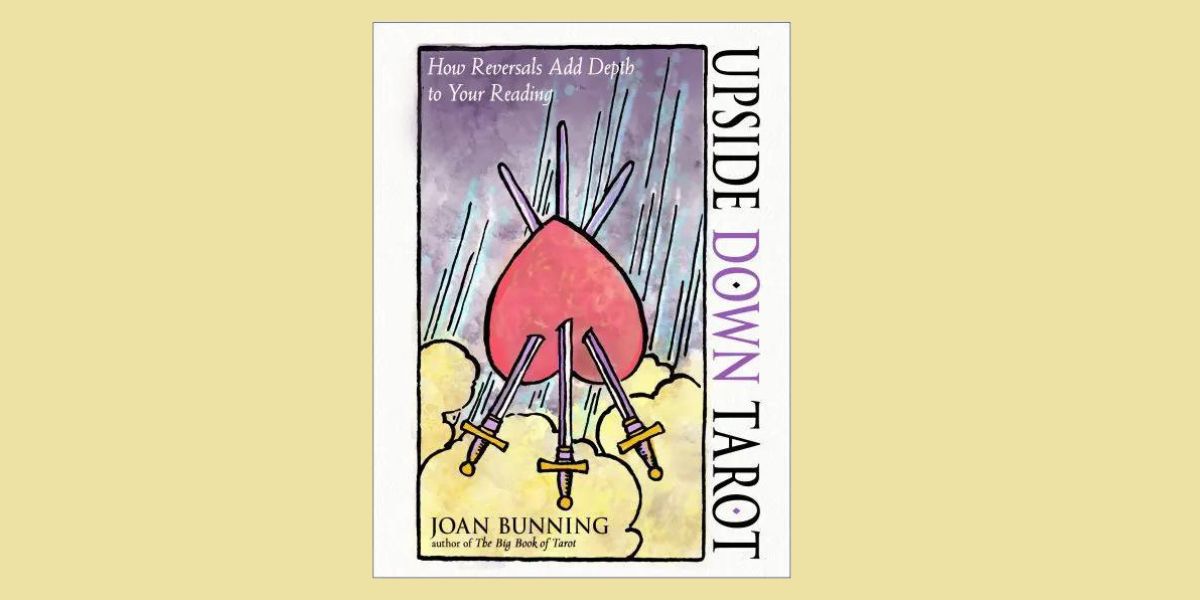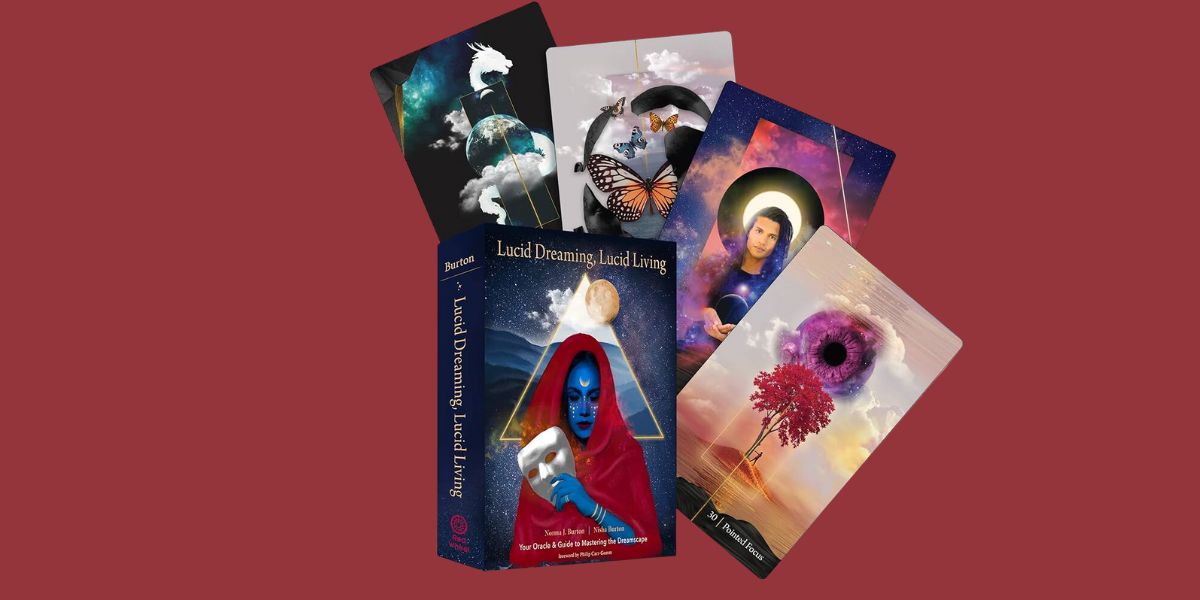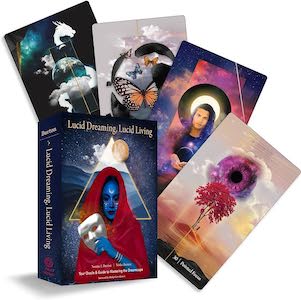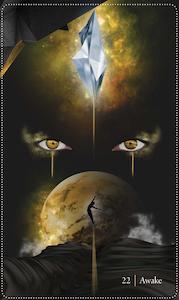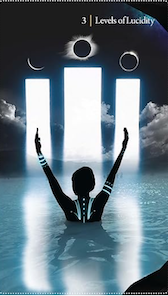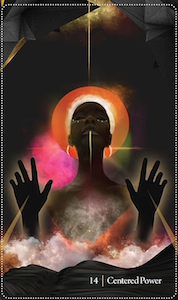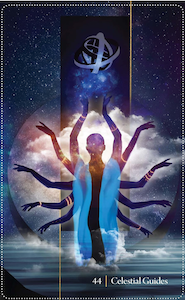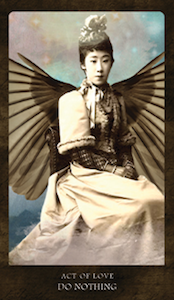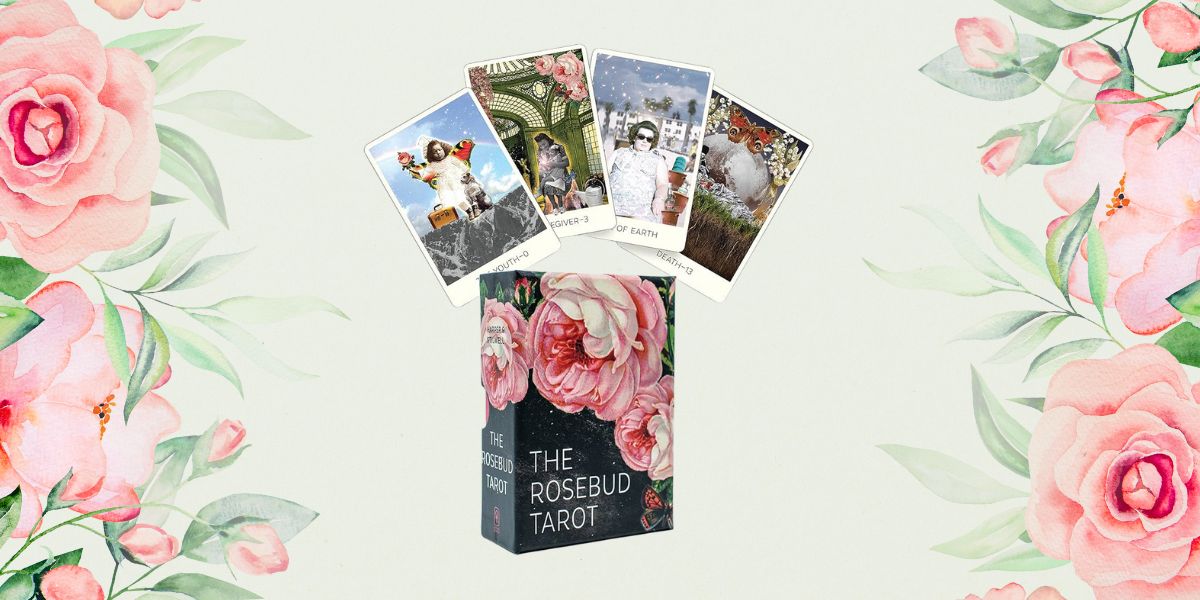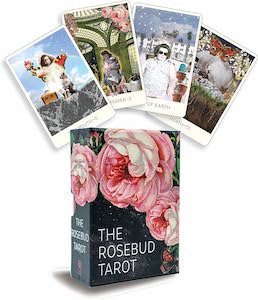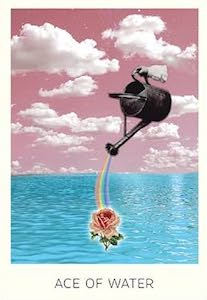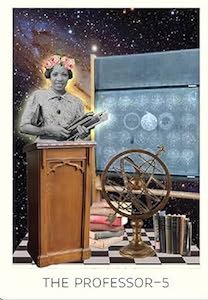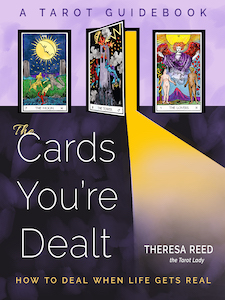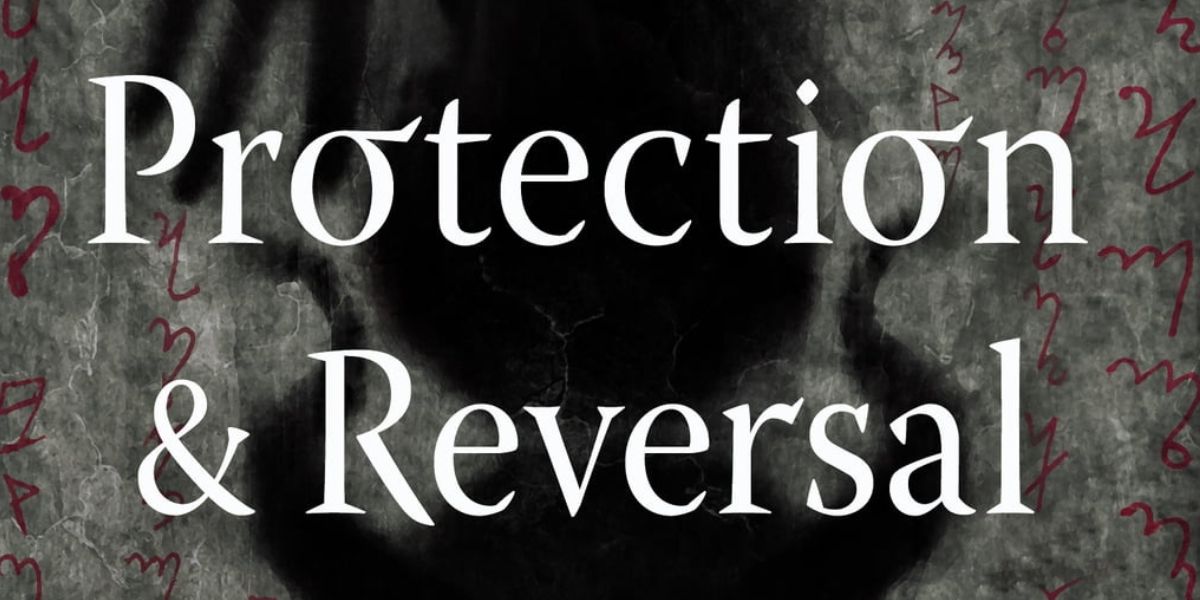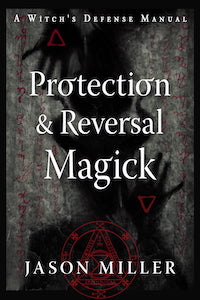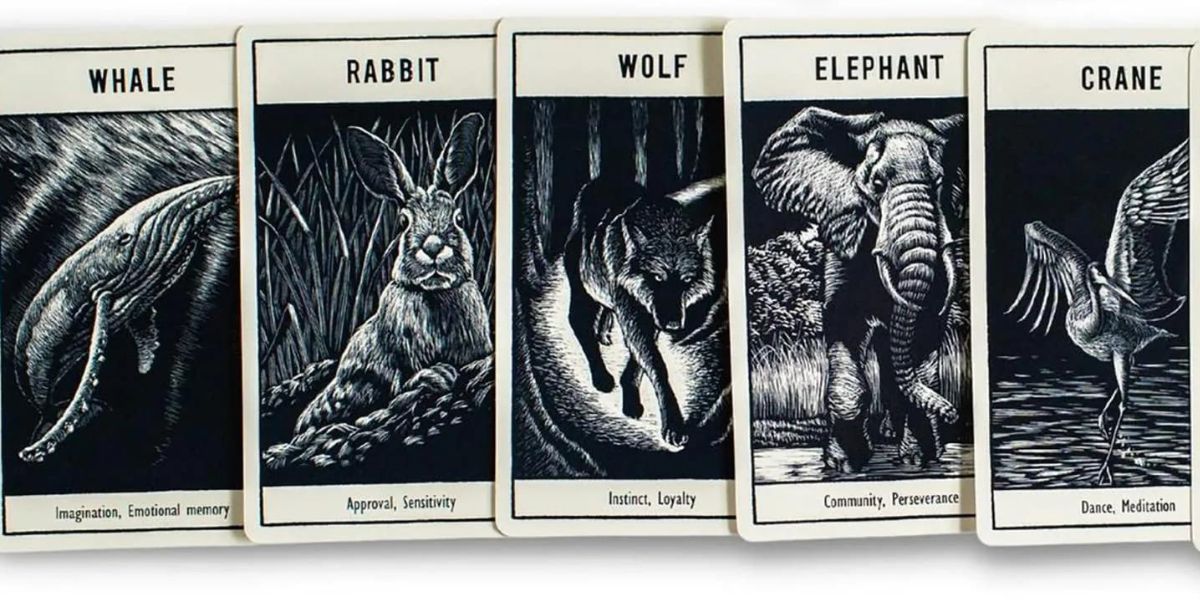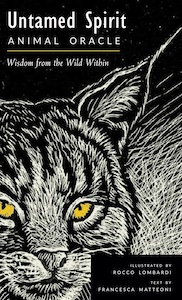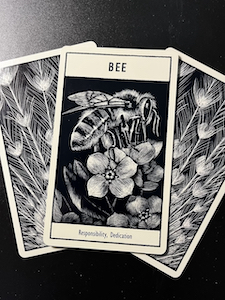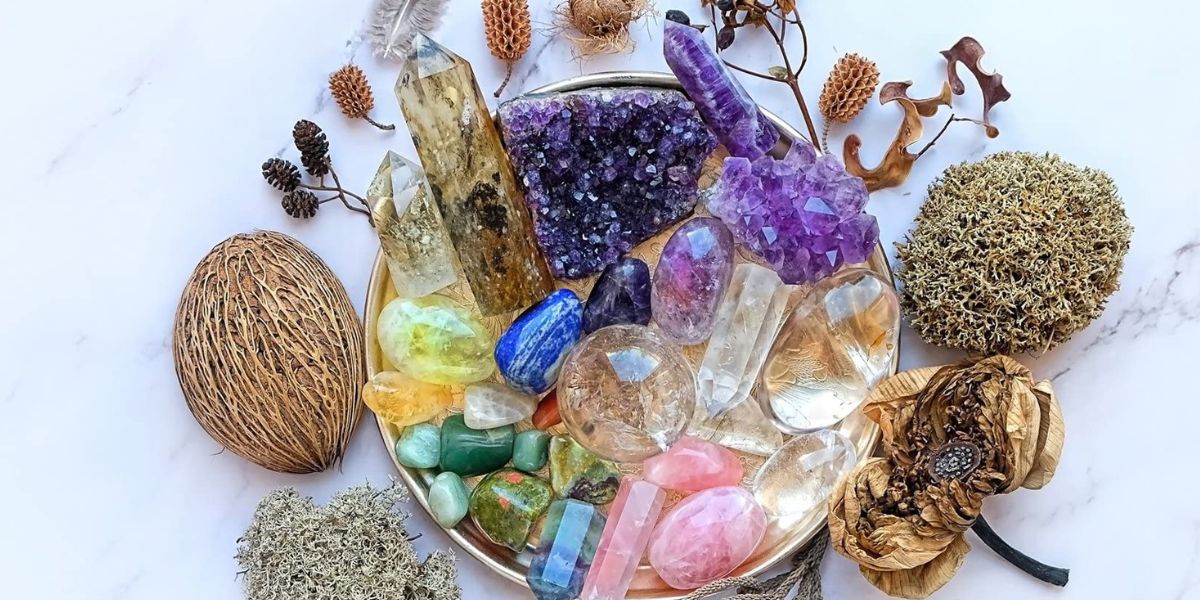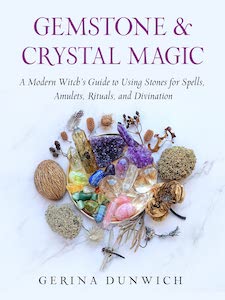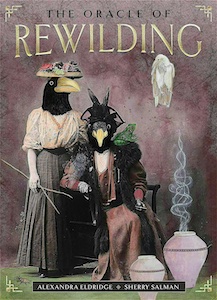
The Oracle of Rewilding: Pathways to Renewing Our Kinship with All Things, by Sherry Salman and illustrated by Alexandra Eldridge
Red Wheel Weiser, 9781578638239, 176 pages, 44 cards, June 2025
In Sherry Salman’s new deck, The Oracle of Rewilding: Pathways to Renewing Our Kinship with All Things, she pays homage to the transformative power of rewilding—both as a practice and as a mindset. The author intertwines fairy tales, ecological insights, and spiritual messages to craft a narrative that is insightful and inspiring. Rewilding, as presented in this deck, is not solely about returning to untamed landscapes but also about rediscovering the instinctive, untamed animal essence within each of us.
Sherry Salman, PhD, LP, is a Jungian psychoanalyst, who teaches and writes for the Jungian Psychoanalytic Association. She also consults for the Archive for Research in Archetypal Symbolism in NYC. Known internationally as a speaker on “the creative imagination in postmodern culture and psychological life”1, Salman’s work has been published in numerous books and journals. Her book, Dreams of Totality, discusses symbolism and imagination and our struggle with modern living. Salman lives in the Hudson Valley of New York. You may learn more about Salman on her website.
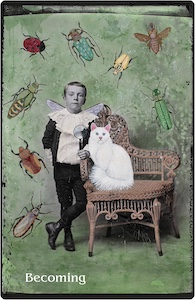
Sherry Salman, PhD, LP, is a Jungian psychoanalyst, who teaches and writes for the Jungian Psychoanalytic Association. She also consults for the Archive for Research in Archetypal Symbolism in NYC. Known internationally as a speaker on “the creative imagination in postmodern culture and psychological life”2, Salman’s work has been published in numerous books and journals. Her book, Dreams of Totality, discusses symbolism and imagination and our struggle with modern living. Salman lives in the Hudson Valley of New York. You may learn more about Salman on her website.
Eldridge says this about her work:
“My paintings emerge from a place where contradictions are allowed, paradox reigns and reason is abandoned. My search is for the inherent radiance in all things… the extraordinary in the ordinary.”3
The Oracle of Rewilding is a collection of 44 cards and a guidebook that shares a rare glimpse into the kinship between man and the animal kingdom:
“Although we will never really know what it’s like to be a stag or a rabbit, a wolf or a bird, we can still imagine it. In fact, as humans, we have always done so-in art, in story, and in myth.”4
Eldridge uses a combination of the glass plate negatives and the addition of artistic elements to create these windows into the heart and soul of this kinship. The glass plate negatives hail from 1880-1920 and the author explains that this time frame was selected purposefully:
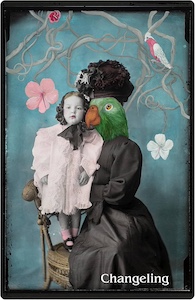
“It was an era when there was excitement about Charles Darwin’s findings that emotions exist in both humans and animals; it was the beginning of land conservation and wildlife preservation, the emergence of modernism in the arts, the invention of photography and the X-ray. Simultaneous with these developments, there was an enthusiasm for peering into the ethereal beyond.”5
Although the glass plate negatives are used as a base for Eldridge’s art, these are only a starting point. For example, Eldridge paints bird, lioness or wolf heads on ladies and fox, stag and goat heads on gentlemen. She adds angel wings to children and lots of birds and flying insects throughout the deck. Fish, octopus, and other water creatures also come to play.
Although the glass plate negatives would create black and white images, Eldridge has skillfully colorized the images. Sometimes, she highlights the eyes, sometimes the clothing and other times the background. The colors are soft pastels, reminiscent of colorized versions of these photos from another time.
To fully explore this deck, I pulled a daily card for seven days. The cards never failed to mesmerize and bolster me with the guidance and symbolism shared. One of my favorite cards is called Forgiveness. It features a woman in a blue dress with a crisp, white collar and the head of a dove. She is shown handing a rose to a cat on a table. The guidance recommends “it may be time to come home to the tranquility and peace that forgiveness offers.”6
Salman presents a unique way to welcome and honor forgiveness:
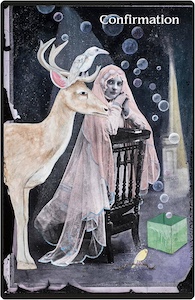
“Start with just cultivating the feeling and tangible scent of forgiveness itself. Then let that feeling radiate outward. This takes a lot of practice and includes the soothing of vengeful impulses that persist.”7
I love and appreciate the softness of this type of forgiveness, as well as Salman’s narrative of the myth of the dove in literature and history. Including this information provides a backstory that grounds the reader in preparation for the wisdom that is shared at the end of each section.
One of the best aspects of The Oracle of Rewilding is its lyrical yet accessible prose. The author’s voice is filled with passion and clarity, a rare combination that makes complex ecological and spiritual concepts understandable for a wide audience. The deliberate pacing and vivid descriptions evoke a sense of wonder, pulling readers into a world where each animal, insect, and natural habitat holds a story.
The guidebook is designed for easy navigation with the cards arranged in alphabetical order along with a Table of Contents. Salman explains that she has done so only for the reader’s convenience, and she invites us to use them in a “nonprescribed order.”8 Salman includes a lengthy introduction to the concept behind the cards, including some history, notes about Jung and a discussion of shapeshifting. She also includes two ideas for card spreads.
The guidebook includes a four-color copy of each card, a brief description of the card images, keywords, and the background of the card. The final entry is guidance or wisdom. At the back of the book, Salman includes a list of books for further reading.
The cards are standard card size and are printed on good quality card stock. The edges are dipped in silver and the back of the cards features a soft mauve background and a white bird. The cards also feature a matte finish, which blends well with the feel of the artwork. The kit is housed in a beautiful two-part box with an indentation for the cards. The box color is also mauve.
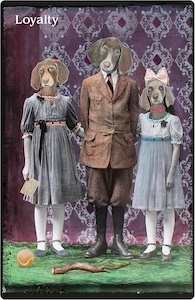
The inside of the box features a frog; the box lid highlights a jackrabbit and the back showcases four of the cards. On the cover, Eldridge has chosen to feature two women wearing the heads of crows, paying homage to the card entitled Divination. While the box cover is printed with a matte finish, Eldridge has added stamped, silver type for the title, corner accents and other bits of type around the edges of the box lid. The effect is quite striking.
Whether you are an environmentalist, a mystic, or simply a seeker yearning for a deeper connection to the natural world, The Oracle of Rewildling holds profound messages and guidance. The images will awaken new insights and whisper magical words of hope and inspiration. I recommend this deck for any level of oracle or tarot reader. For those who might get lost in some of Salman’s Jungian prose and mythology, you can go directly to the section called “When this card appears” and enjoy the wisdom she shares.
Every card I pulled left me with significant guidance to ponder or a new view of my world. The interplay of poetry, prose, and evocative imagery ensures that every page delivers a beautiful experience and allows individuals to seek wisdom tailored to their unique journey.

PJ Spur is an author, intuitive, spiritual mentor, astrologer, and hypnotist. She does tarot & oracle card readings, natal chart readings, grief coaching, and relationship healing. She also has hosted a weekly “Coffee & Cards” event with her Soul Compass Community for the past four years. Her book Navigating Grief with Grace is available on Amazon. Learn more at www.dearpj.com
